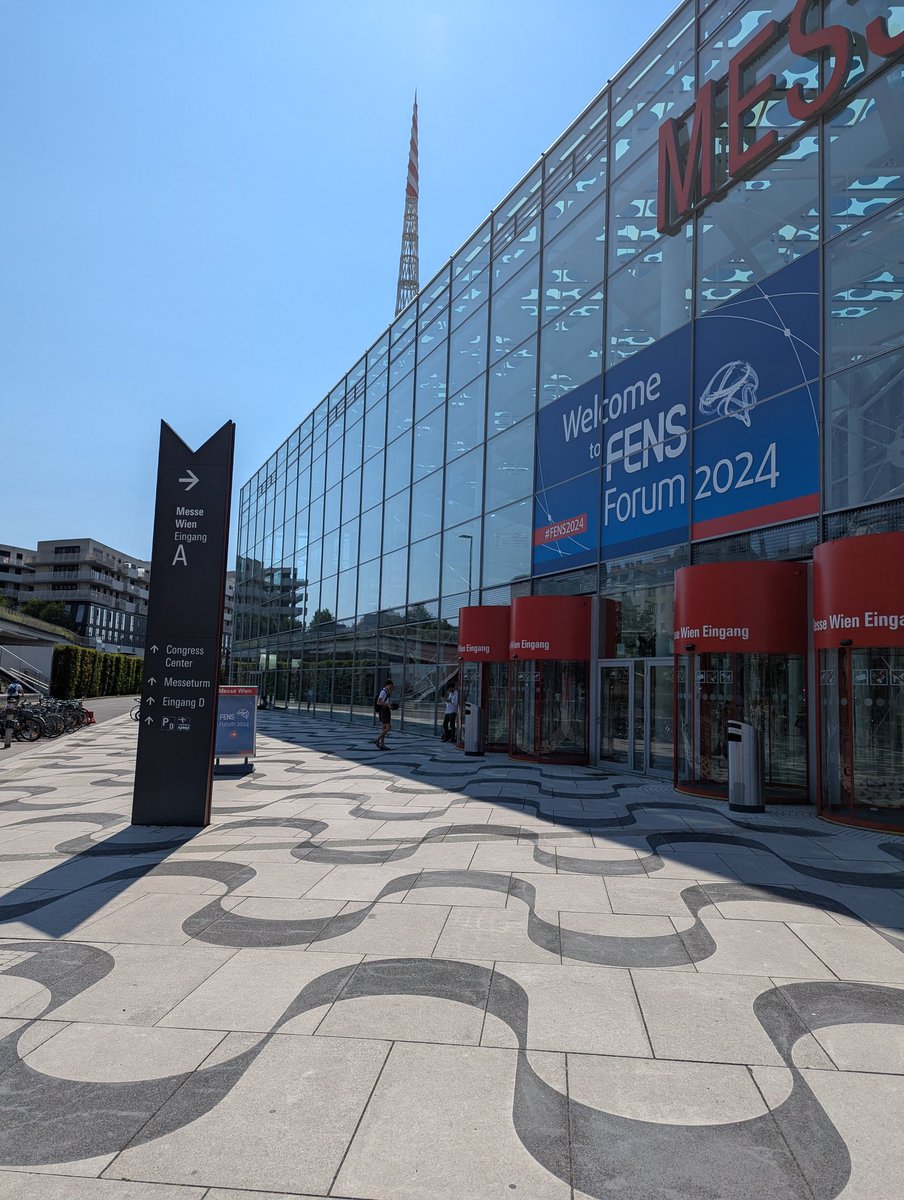
Marius Schneider
@mars_schneider
Comp. Neuroscience - Postdoc @bionicvisionlab
@UCSB | Former IMPRS PhD student @ESI_Frankfurt
ID: 1272860248714379265
http://schneidermarius.github.io 16-06-2020 11:55:13
66 Tweet
419 Followers
465 Following


My 1st PhD paper w. Neuronal Networks of Memory (Battaglia lab) & Martin Vinck is finally out 🎉! We present a new method for neural data analysis: "SpikeShip: A method for fast, unsupervised discovery of high-dimensional neural spiking patterns" doi.org/10.1371/journa… 1/10

I am happy to share that our paper is now published under open access in the Neural Networks journal. sciencedirect.com/science/articl… I'd like to thank Martin Vinck and Felix Effenberger for their supervision and the reviewers for their insightful feedback.

Do you want to do a phd on #speech and #song and how we use our brain for it #electrophysiology #neuroimaging #motor #rhythm ? Come work with us at the Max Planck Institute for Empirical Aesthetics ! Apply here and contact me for questions. e-recruiting.pro/jobposting/759… Please forward to everyone interested!




Come have a look at Marius Schneider (EBBS young investigator award) poster at #123 at 14:00 on Friday where we describe a biophysically realistic model/theory of top-down selective attention that explains many neurophysiological findings in the literature #FENSForum2024





I am excited to announce our workshop at the upcoming Bernstein Conference 2024 Bernstein Network Computational Neuroscience How much biological inspiration makes a system "neuromorphic"? What can we learn from Neuroscience breakthroughs and Machine Learning success? link: tinyurl.com/5yzskcpd 1/n



I am so happy to see that my interview is out! I had such a blast talking with my friend fannimelles on her podcast. Here I tried explaining a bit the experience of solo travelling as a blind person, as well as making some really bad jokes. Please check it out and enjoy her

🚨Preprint Alert New work with Martin Vinck We elucidate the architectural bias that enables CNNs to predict early visual cortex responses in macaques and humans even without optimization of convolutional kernels. 🧠🤖







